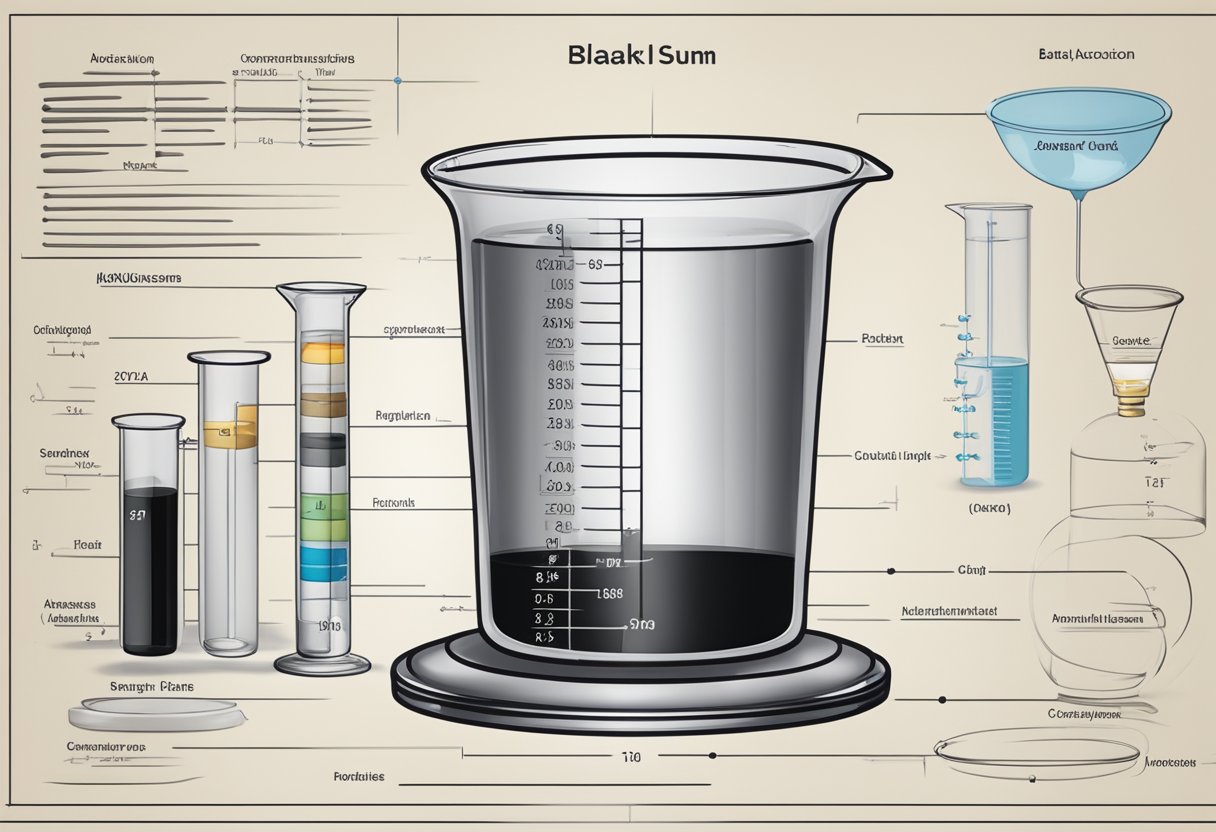TPE Elastomer Material: Properties and Applications
19/01/2024
TPE elastomer material is a type of thermoplastic elastomer that has been gaining popularity in various industries due to its unique properties. TPE stands for thermoplastic elastomer, which means that it behaves like rubber but can be melted and molded like plastic. This makes it a versatile material that can be used in a wide range of applications.

One of the key advantages of TPE elastomer material is its flexibility and durability. It can stretch up to six times its original length without breaking, making it ideal for use in products that require high elasticity and resilience. Additionally, Pbt elastomers are resistant to chemicals, UV light, and extreme temperatures, making them suitable for use in harsh environments.
Another advantage of TPE elastomer material is its ease of processing. Unlike traditional rubber, TPE elastomers can be molded using standard injection molding equipment, which makes production faster and more cost-effective. This has led to an increase in the use of TPE elastomers in various industries, including automotive, consumer goods, and medical devices.
Overview of TPE Elastomers

Thermoplastic elastomers (TPEs) are a class of materials that exhibit the properties of both thermoplastics and elastomers. They are widely used in various applications due to their unique properties, such as flexibility, durability, and ease of processing.
TPEs are composed of a mixture of polymers, typically a thermoplastic and an elastomer, which are blended together to create a material with the desired properties. The specific combination of polymers used in a TPE can be tailored to meet the requirements of a particular application.
TPEs are commonly used in applications where flexibility and durability are required, such as in the automotive industry for seals and gaskets, in the medical industry for tubing and catheters, and in the consumer goods industry for soft-touch grips and handles.
One of the advantages of TPEs is their ability to be processed using traditional thermoplastic processing methods, such as injection molding and extrusion. This allows for cost-effective production and the ability to create complex shapes and designs.
Overall, TPE elastomers offer a unique combination of properties that make them a versatile material for a wide range of applications.
Chemical Composition

TPE elastomers are thermoplastic materials that are made up of a mixture of polymers, additives, and fillers. The chemical composition of TPE elastomers can vary depending on the specific application and desired properties.
Polymer Structures
TPE elastomers are typically composed of a mixture of two or more polymers, each with its own unique properties. The most common polymers used in TPE elastomers include styrene block copolymers, thermoplastic olefins, and thermoplastic polyurethanes.
Styrene block copolymers are made up of blocks of polystyrene and rubber, which provide excellent elasticity and toughness. Thermoplastic olefins are made up of a blend of polypropylene and ethylene-propylene rubber, which provide good flexibility and chemical resistance. Thermoplastic polyurethanes are made up of a blend of polyols and diisocyanates, which provide excellent abrasion resistance and durability.
Additives and Fillers
TPE elastomers can also contain various additives and fillers to enhance their properties. Additives such as plasticizers, antioxidants, and UV stabilizers can improve flexibility, stability, and resistance to degradation. Fillers such as talc, glass fibers, and carbon black can improve stiffness, strength, and conductivity.
The specific additives and fillers used in TPE elastomers can vary depending on the desired properties and application. For example, TPE elastomers used in automotive applications may contain fillers such as glass fibers to improve strength and stiffness, while TPE elastomers used in medical applications may contain additives such as antimicrobial agents to prevent bacterial growth.
In summary, TPE elastomers are thermoplastic materials composed of a mixture of polymers, additives, and fillers. The specific chemical composition of TPE elastomers can vary depending on the desired properties and application, but typically includes a blend of two or more polymers and various additives and fillers.
Physical Properties

Thermal Characteristics
TPE elastomers are known for their excellent thermal stability, which makes them ideal for use in a wide range of applications. They can withstand a wide range of temperatures, from as low as -60°C to as high as 135°C, without any significant change in their physical properties. This makes them suitable for use in applications where temperature fluctuations are common, such as automotive parts, electrical components, and consumer goods.
Mechanical Strength
TPE elastomers are also known for their excellent mechanical strength, which makes them ideal for use in applications where durability and toughness are critical. They have a high tensile strength, which allows them to withstand high stress and strain without breaking or deforming. They also have a high tear resistance, which makes them resistant to punctures and other forms of damage.
In addition, TPE elastomers have good compression set resistance, which means that they can maintain their shape and properties even after being compressed for extended periods. This makes them ideal for use in applications where compression and deformation are common, such as gaskets, seals, and O-rings.
Overall, TPE elastomers are a versatile and durable material that can be used in a wide range of applications. Their excellent thermal and mechanical properties make them an ideal choice for use in demanding environments where other materials may not be able to perform.
Processing Techniques
Injection Molding
TPE elastomers are widely used in the injection molding process due to their ability to form complex shapes and their excellent mechanical properties. The process involves melting the TPE pellets and injecting the molten material into a mold cavity. Injection molding is a highly efficient and cost-effective method for producing large quantities of TPE parts with consistent quality.
The injection molding process can be optimized by adjusting the processing parameters such as temperature, injection speed, and pressure. The mold design is also critical in achieving the desired part geometry and minimizing defects such as warpage and sink marks. TPE elastomers have a wide processing window, which allows for a broad range of processing conditions without sacrificing performance.
Extrusion
Extrusion is another common processing technique for TPE elastomers. The process involves melting the TPE pellets and forcing the molten material through a die to form a continuous profile. Extrusion is ideal for producing TPE parts with a uniform cross-section such as tubing, seals, and gaskets.
The extrusion process can be optimized by adjusting the processing parameters such as temperature, screw speed, and die design. The use of co-extrusion can also be employed to produce TPE parts with multiple layers or colors. TPE elastomers have excellent melt strength and can be processed at lower temperatures compared to other thermoplastic materials.
Blow Molding
Blow molding is a process used to produce hollow TPE parts such as bottles, containers, and automotive parts. The process involves melting the TPE pellets and inflating the molten material inside a mold cavity using compressed air. Blow molding is a cost-effective method for producing large quantities of TPE parts with consistent quality.
The blow molding process can be optimized by adjusting the processing parameters such as temperature, blow pressure, and blow time. The mold design is also critical in achieving the desired part geometry and minimizing defects such as thinning and warpage. TPE elastomers have excellent elasticity and can be processed at lower temperatures compared to other thermoplastic materials.
Applications
TPE elastomer material is a versatile material that has a wide range of applications across various industries. This section will discuss some of the most common applications of TPE elastomers.
Automotive Industry
TPE elastomers have become a popular choice for automotive manufacturers due to their excellent properties such as durability, flexibility, and resistance to chemicals and UV radiation. TPEs are used in automotive applications such as door seals, weatherstrips, gaskets, and interior trim components. TPEs are also used in under-the-hood applications such as air induction systems, radiator hoses, and fuel system components.
Medical Devices
TPE elastomers are widely used in the medical industry due to their biocompatibility, chemical resistance, and flexibility. TPEs are used in medical devices such as catheters, tubing, and seals. TPEs are also used in pharmaceutical packaging applications such as stoppers and closures.
Consumer Goods
TPE elastomers are used in a variety of consumer goods applications due to their soft touch, flexibility, and durability. TPEs are used in applications such as grips for tools, handles for kitchen utensils, and seals for food containers. TPEs are also used in personal care products such as toothbrushes, razors, and cosmetic packaging.
In conclusion, TPE elastomer material has a wide range of applications across various industries due to its excellent properties. Its versatility, durability, and flexibility make it a popular choice for automotive, medical, and consumer goods applications.
Environmental Resistance
TPE elastomers are known for their remarkable environmental resistance. They can withstand exposure to a wide range of environmental factors, including UV radiation, ozone, chemicals, and oils. This makes them ideal for use in a variety of applications, from automotive parts to outdoor equipment.
UV and Ozone Resistance
One of the most impressive features of TPE elastomers is their ability to resist UV radiation and ozone. These materials are often used in outdoor applications where exposure to sunlight and ozone is common. TPE elastomers can maintain their physical properties and appearance even after prolonged exposure to UV radiation and ozone.
Chemical and Oil Resistance
TPE elastomers are also highly resistant to a wide range of chemicals and oils. They can maintain their physical properties and performance even when exposed to harsh chemicals and oils. This makes them ideal for use in automotive parts, industrial equipment, and other applications where exposure to chemicals and oils is common.
In summary, TPE elastomers offer exceptional environmental resistance, making them ideal for use in a variety of applications. Their ability to resist UV radiation, ozone, chemicals, and oils makes them a valuable material for industries such as automotive, industrial, and outdoor equipment.
Regulatory Compliance
Food Contact Regulations
TPE elastomer materials are widely used in the food industry due to their excellent properties such as resistance to chemicals, oils, and greases. The Food and Drug Administration (FDA) has approved TPE elastomers for food contact applications. TPE elastomers comply with the FDA’s regulations for food contact materials under the Code of Federal Regulations (CFR) Title 21, Part 177.2600.
TPE elastomers are also compliant with the European Union’s food contact regulations, which are set out in Regulation (EC) No 1935/2004. This regulation sets out the requirements for materials and articles intended to come into contact with food. TPE elastomers meet the requirements of this regulation and are safe for use in food contact applications.
Medical Standards
TPE elastomers are widely used in the medical industry due to their biocompatibility, flexibility, and ease of processing. TPE elastomers comply with the medical industry’s regulations for medical devices under the Code of Federal Regulations (CFR) Title 21, Part 177.2600.
TPE elastomers are also compliant with the European Union’s medical device regulations, which are set out in Regulation (EU) 2017/745. This regulation sets out the requirements for medical devices and their materials. TPE elastomers meet the requirements of this regulation and are safe for use in medical applications.
In conclusion, TPE elastomers are compliant with both food contact and medical industry regulations. They are safe for use in these applications and provide excellent properties for their intended use.
Market Trends and Forecasts
TPE elastomers are gaining popularity in various end-use industries due to their unique properties such as flexibility, durability, and recyclability. According to a recent market research report, the global TPE elastomers market is expected to grow at a CAGR of 6.5% from 2021 to 2028.
One of the major drivers of the TPE elastomers market is the increasing demand from the automotive industry. TPE elastomers are widely used in automotive interiors and exteriors due to their excellent weather resistance, low-temperature flexibility, and good adhesion to various substrates. The growing demand for lightweight and fuel-efficient vehicles is expected to further drive the demand for TPE elastomers in the automotive industry.
Another key factor driving the growth of the TPE elastomers market is the increasing demand from the healthcare industry. TPE elastomers are widely used in medical devices, such as catheters, syringe plungers, and IV components, due to their biocompatibility, transparency, and flexibility. The aging population and increasing healthcare expenditure are expected to further boost the demand for TPE elastomers in the healthcare industry.
Furthermore, the growing trend of sustainable packaging is expected to drive the demand for TPE elastomers in the packaging industry. TPE elastomers are recyclable and can be used as an alternative to traditional packaging materials such as PVC and PET. The increasing awareness about environmental sustainability and government regulations on plastic waste management are expected to further boost the demand for TPE elastomers in the packaging industry.
Overall, the TPE elastomers market is expected to witness significant growth in the coming years, driven by the increasing demand from various end-use industries.
Innovation and Future Developments
TPE elastomer materials have been continuously improved and developed over the years to meet the changing needs of various industries. The future of TPE elastomer materials looks promising, with new innovations and developments being made in the field.
One area of development is the improvement of TPE elastomer materials’ physical properties. Manufacturers are working to increase the materials’ strength, durability, and resistance to chemicals and UV radiation. This will make TPE elastomer materials more versatile and suitable for a wider range of applications.
Another area of development is the use of sustainable and eco-friendly materials in TPE elastomers. Manufacturers are exploring the use of biodegradable and renewable materials in the production of TPE elastomers. This will reduce the environmental impact of TPE elastomers and make them more appealing to environmentally conscious customers.
In addition, manufacturers are also exploring new methods of processing TPE elastomers. This includes the use of 3D printing technology to create complex shapes and designs. This will make TPE elastomer materials more customizable and allow for more creative designs.
Overall, the future of TPE elastomer materials is bright, with new innovations and developments being made in the field. As manufacturers continue to improve the materials’ physical properties, explore the use of sustainable materials, and develop new processing methods, TPE elastomer materials will become even more versatile and useful in a wide range of industries.
Challenges and Limitations
Despite its many benefits, TPE elastomer material also presents some challenges and limitations that must be considered.
One of the main challenges with TPE elastomers is their limited resistance to high temperatures. While they can withstand temperatures up to 150°C, they may begin to degrade and lose their properties at higher temperatures. This can limit their use in applications that require exposure to extreme temperatures.
Another limitation of TPE elastomers is their relatively low resistance to chemicals and solvents. While they can resist some common chemicals such as oils and greases, they may not be suitable for use in applications that involve exposure to harsh chemicals or solvents.
In addition, TPE elastomers may have limited resistance to UV radiation and weathering, which can cause them to degrade over time. This can limit their use in outdoor applications that require long-term durability.
Finally, TPE elastomers may be more expensive than other elastomer materials such as natural rubber or EPDM. This can make them less cost-effective for some applications.
Overall, while TPE elastomer material offers many benefits, it is important to consider its limitations and challenges when selecting it for specific applications.




